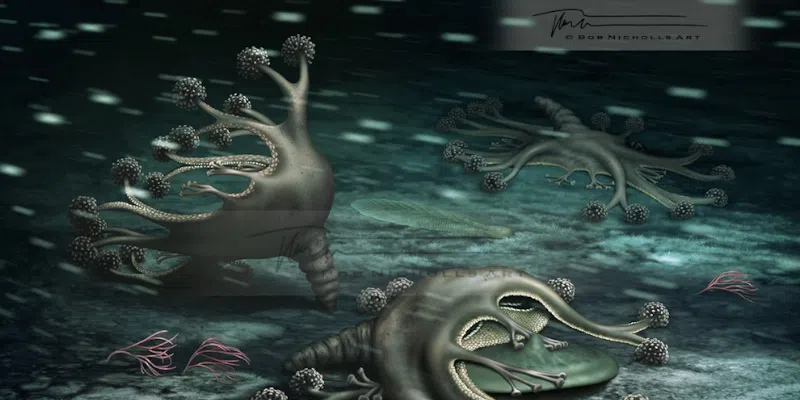Researchers from Memorial University made headlines around the world ten years ago with the discovery of the oldest recorded evidence of fossilized muscle tissue.
Haootia quadriformis, the fossilized remains of which was found on the Bonavista Peninsula near Port Union, was an early life form that bridged the transition from plant life to animals.
The 565 million year old fossil is now proven to be a form of stalked jellyfish, or staurazoa, which are still common in the waters around Newfoundland today.
Meanwhile, a second species, which is new-to-science, has been found by the research team led by Drs. Duncan McIlroy and Rod Taylor in the same general area known as the MUN Surface.
The organism, Mamsetia manunis, is a second species of staurozoan. The fossilized remains were left in the field, but silicone casts were made to allow researchers to create replicas and conduct their research without having to damage the original fossils.
The new Ediacran creature has also been brought to life by paleoartist Bob Nicholls.
McIlroy says their discoveries are just the beginning and they’re hoping that future expeditions will uncover more fascinating fossils that will help piece together the story of early animal ancestors.























